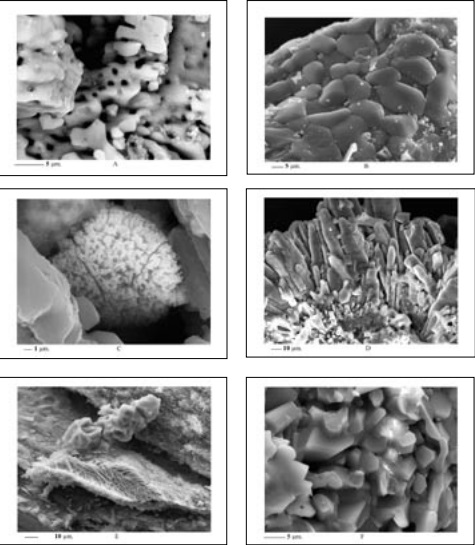Ghar Al Hibashi Lava Tube: The Richest Site in Saudi Arabia for Cave Minerals
DOI:
https://doi.org/10.3986/ac.v33i2.299Povzetek
V Savdski Arabiji je bilo raziskanih in izmerjenih več velikih vulkanskih jam v različnih poljih lave. Ena največjih je Ghar Al Hibashi na polju lave Harrat Buqum-Nawasif. To je v glavnem raven rov (400 m dolg in 15 m širok), dostopen skozi majhno brezno, ki se odpira v stranskem rovu. Jama je dolgo služila za skrivališče netopirjem, hijenam, volkovom in lisicam. Zaradi tega je dno jame, deloma iz debelih plasti nesprijetega peska, prekrito s številnimi kostmi in koproliti ter razmeroma velikimi kupi gvana. Nekateri so se bili vneli, zaradi česar so deloma zgorele tudi na njih ležeče kosti. Edine prave kapnike predstavlja nekaj majhnih, rumenih in prosojnih stalaktitov. Tekom treh odprav 2003 je bilo iz jame vzetih nekaj sekundarnih kemičnih odkladnin za mineraloške preiskave. Kljub majhnemu številu vzorcev je bilo do sedaj zaznanih vsaj 19 različnih mineralov, največ takih, ki so povezani z biogeno mineralizacijo kosti in gvana. Trije od teh, pyrocoproite, pyrophosphite in arnhemite, so izredno redke organske spojine, izključno vezane na goreči gvano. Do danes so bili ti minerali znani le iz nekaj jam v Afriki. Zahvaljujoč tem odkritjem ni jama Hibashi le najpomembnejša vulkanska jama v Savdski Arabiji, ampak tudi tamkajšnje daleč najbogatejše mineraloško nahajališče. Zato te raziskave, ki še zdaleč niso končane, potrjujejo novejše domneve, da so v jamskem okolju prav vulkanske jame najprimernejše za razvoj različnih mineralogenih mehanizmov.
Several large lava tubes have been explored and mapped in different lava fields around the Saudi Arabia. One of the largest is Ghar Al Hibashi, located in the Harrat Buqum-Nawasif lava field. It mainly consists of a huge rectilinear gallery (over 400 m long and 15 m wide) the access to which is through a small vertical pit reaching a side corridor. The cave was long used as a shelter for bats, hyenas, wolves and foxes. Therefore the entire cave floor, consisting of locally thick uncemented sand, is scattered with a great amount of bones and coprolites, while some rather large guano deposits are also found. Some of these guano deposits caught fire, which partially burnt the bones overlaying them as well. The only true speleothems consist of a few small yellow translucent stalactites. During three expeditions in 2003, a few samples of secondary chemical deposits were collected inside this lava tube to be analysed from the mineralogical point of view. Despite the scarcity of these samples, at least 19 different minerals have already been detected, most of which are related to the biogenic mineralization of bones and guano deposits. Three of them, pyrocoproite, pyrophosphite and arnhemite are extremely rare organic compounds strictly related to the guano combustion, which have been observed until now only in a few caves in Africa. Thanks to these findings Hibashi lava tube is not only the most important volcanic cave of Saudi Arabia but also by far the richest mineralogical shelter of the country. Therefore this research, which is far from coming to an end, confirms the recently advanced opinion that amongst the different cave environments, volcanic cavities are very favourable for the development of different minerogenetic mechanisms.
Prenosi

Prenosi
Objavljeno
Kako citirati
Številka
Rubrike
Licenca
Avtorji jamčijo, da je delo njihova avtorska stvaritev, da v njem niso kršene avtorske pravice tretjih oseb ali kake druge pravice. V primeru zahtevkov tretjih oseb se avtorji zavezujejo, da bodo varovali interese založnika ter da bodo povrnili morebitno škodo.
Podrobneje v rubriki: Prispevki




